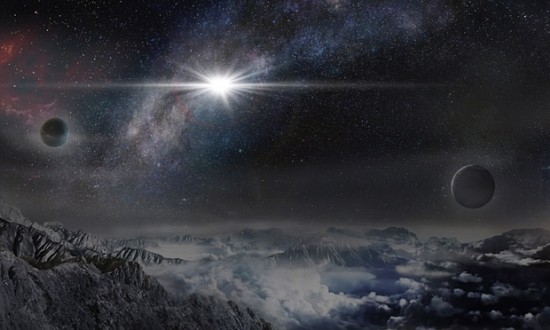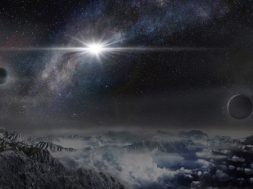
In a galaxy far far away, about 3.8 billion light years away, there is a hot ball of gas shining 570 billion times brighter than the sun. The source of light is a supernova, albeit a supernova that makes all the other supernovae look like energy saving light-bulbs.
It is reported to be 10 miles in diameter and easily the strangest cosmic feature humans have found to date which is quite outstanding considering the brightness is 20 times more powerful than all the stars of the Milky Way combined which really does put how big the Universe is into perspective.
Advances in science and technology have made this discovery possible. specifically an instrument called the the All-Sky Automated Survey for Supernovae, or ASAS-SN (yes, that’s pronounced “assassin”). This instrument is based at Ohio State University and operated by a team of astronomers. It is reported to be capable of viewing the entire sky.
ASAS-SN has earned its keep having discovered more than 250 supernovae since 2014 within the limit of 350 million light years from Earth. With the limitation in mind it really is outstanding that the latest supernova was discovered at 10 times further.

If ASASSN-15lh does indeed contain a magnetar,astronomer Krzysztof Stanek describes it as a magnetar “turned up to 11.”
“It pushes the physics of supernovae out to the breaking point,” he says. “The current magnetar model might not be able to adequately explain it. So perhaps we have to push the model to the breaking point, and beyond.”
The team plan to use the Hubble Space Telescope later this year to get a better look at the supernova’s host galaxy for clues










